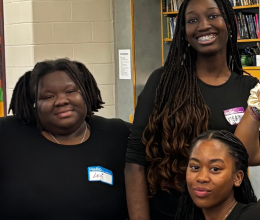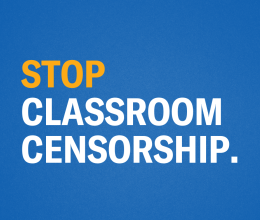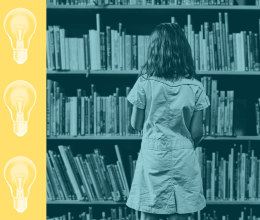Completely Outside Expectations
How a Reluctant Teacher Came to Love Restorative Justice
Guest post by Jackie Kook
My first thought after completing training in restorative practices was, “How on EARTH am I going to get 15 lab tables in a circle so these kids can sit and talk about their feelings?” Despite numerous success stories from my colleagues, I hesitated to engage with the process myself. In addition to the effort it would require to rearrange my classroom, I truly didn’t believe restorative practices would turn my classes into supportive, communicative, well-ordered environments.
To an extent, I was right. Implementing restorative justice practices was certainly not the panacea I had hoped it would be when I finally decided to try it out. In desperation after a violent act occurred in my toughest class, I was forced to confront head-on the issues of respect and tolerance with a mixed bag of students in the seventh grade. This was a large class ranging from academically gifted students to low-functioning students with special educational needs.
My expectations were not high when I pushed my tables into the center of the room and arranged the chairs in a large circle. Starting off, I explained the purpose of the activity and laid all my feelings about the class out in the open: the frustration, the anger, the sorrow, the tears, the headaches, and above all, the sincere hope I held for each of them. Telling them the basic rules, that no one could speak unless he or she held the speaking item (a gold box I dug out of my closet) and that anything shared was sacred to this space, I handed over the box.
What happened next was shocking, moving, and completely outside the expectations I had for the activity. My students shared stories of fear, pain, loneliness, and heartbreak that moved me to tears. I wasn’t alone; many cried as they told of neglect and abuse. We shared a box of tissues, and the activity that I had planned on lasting about 30 minutes took nearly an hour. And the next class, the students asked to have another circle.
Restorative justice practices might not be the cure-all for classroom management woes, but they did completely transform the feel of my class from combative, argumentative, and often disrespectful into fun, cooperative, honest, and trusting. Most of those students came back to take my class again the following year, and I’m thrilled to say I enjoyed every moment of working with them. This is definitely an approach worth learning about and utilizing in the classroom.









